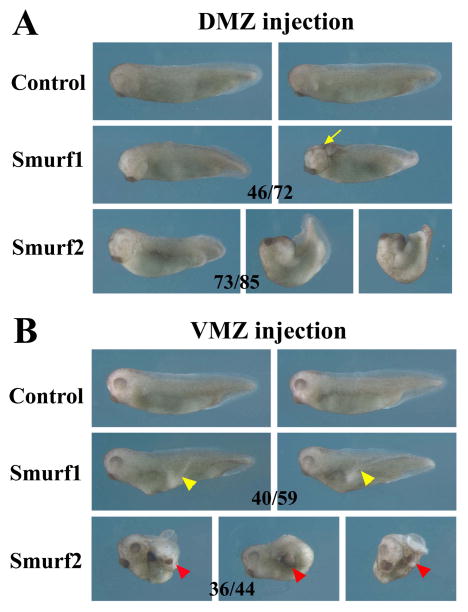Figure 4. Smurf1 and Smurf2 play different roles in mesodermal development.
A) Increased Smurf1 expression in dorsal mesoderm results in dorsal-anteriorization of the embryos (46/72 embryos), which often also show anterior neural tube closure defects (in 18 embryos; arrow points to the open brain). In contrast, increased Smurf2 expression in the dorsal mesoderm leads to disruption of axial structures, with embryos frequently displaying gastrulation defects (73/85 embryos with gastrulation defects; among these, 32 embryos had split dorsal structures characterized as the open back phenotype). B) Ectopic expression of Smurf1 in the VMZ induces a partial secondary dorsal axis with the trunk tissues (40/59 embryos; yellow arrowheads); whereas ectopic expression of Smurf2 in the VMZ results in induction of a partial secondary axis that often contains cement gland and hatching gland (36/44 embryos with an ectopic axis, and 25 of these contained cement gland; red arrowheads).

